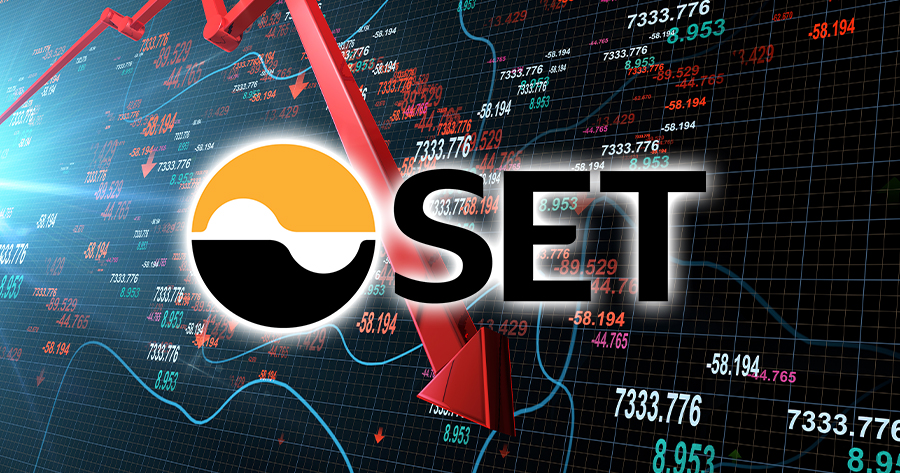Wall Street closed the last trading day of the first quarter in negative territory, marking the worst quarter for the U.S. stock market in two years.
The Dow Jones Industrial Average was 5.21% lower as of March 31, 2022. Meanwhile, S&P 500 fell 5.5% for the first quarter and the Nasdaq Composite saw the sharpest fall at 10.18%.
Global stock markets kicked off 2022 with lingering concerns of the new COvid-19 omicron variant that is more contagious, though less severe, than the previous delta variant. Then the war between Russia and Ukraine broke out in late February. The economic war between Great Nations and Russia also followed after western countries slammed a series of sanctions on Russia, especially its commodities such as oil and gas, resulting in energy prices going to near record highs in March. Rising inflation is the aftermath of higher energy prices that weighs on every country across the world, not just those that sanction each other. The United State of America reported a 40-year high inflation rate of 7.9% in February. Meanwhile, the United Kingdom also faced the same problem, but at a 30-year high with a rise of 6.2%.
Goldman Sachs stated that as inflation continues to spread across the globe, fueled by the strong rally in energy, food and metal prices, investors’ concerns over stagflation have increased sharply.
“So far this year, commodities have seen the strongest start to any year since 1915,” Goldman Sachs says.
According to historic data, the firm confirmed that commodities have tended to perform best in periods of high and rising inflation, in part due to their direct link to inflation as well as inflation expectations. Moreover, there are risks that the upcoming tightening paths for central banks could further weigh on the outlook for risky assets.
In addition, the global leading investment bank noted that it believes commodities can continue to outperform other risky assets during high inflation as well as stagflationary periods on a risk-adjusted basis.




